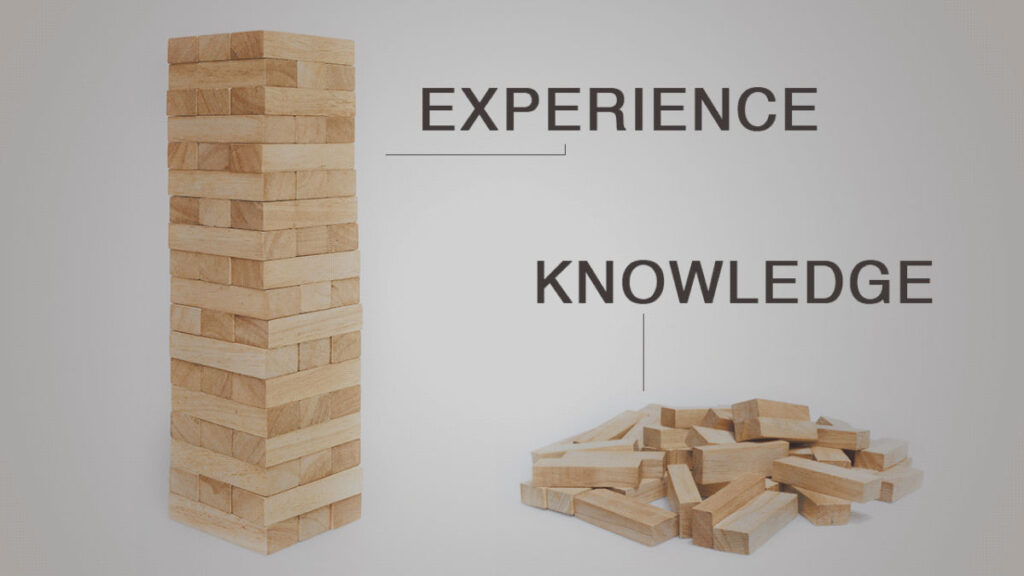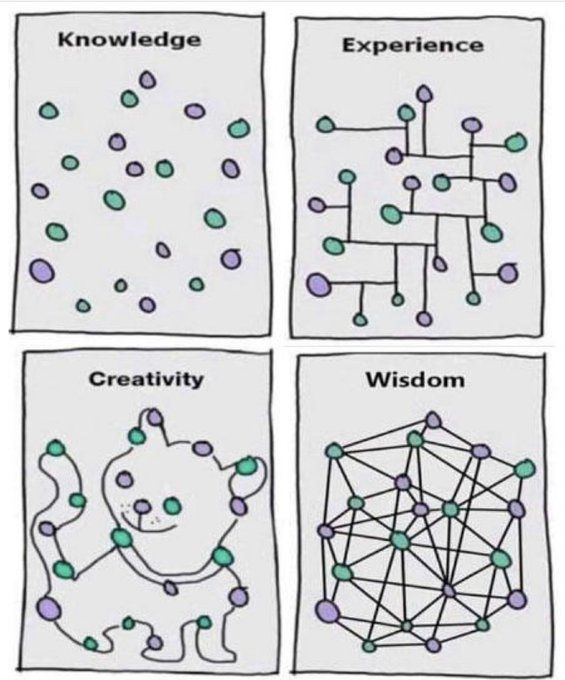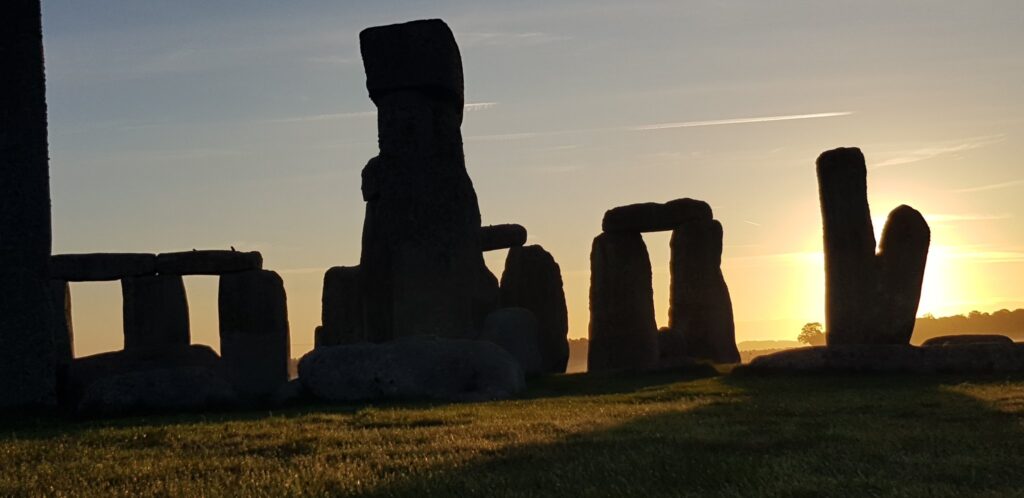Strategic Mindset – thinking critically about goals and outcomes, and whether methods are working or need to be modified. (1)
Grit – sticking with a tough problem or a long complex job. (1)
Having grit without a strategic mindset might leave you eventually all tired out but not at the goal you might have hoped for. Keep trying, but check the progress and redirect the craft as needed to get you to where you want to go. Trying to row a boat across a rapid river requires rowing slightly upstream against the current or you will just be pushed downstream. (1)
Our choices can make us healthier, wealthier, wiser, more productive, and feeling better about ourselves. Or they may lead to chronic illness and feeling unproductive, tired and listless, and it might seem difficult to go to work or look for a job, or to study for that important test or new job skill.
Support can help us stick with the difficult choices and tasks, or or negative, lack of support, may make us give up or feel like we can’t accomplish our goal. If someone is consistently negative to you, let it go, that is them, your choices are you. This also may mean letting go of well meaning advice that was intended positively, yet doesn’t match your goals, or you already had learned the suggestion didn’t work for you.
- “Don’t try to win over those who ridicule, mock or hate. You’re not called to be the jackass whisperer.” -Scott Stratten
Health or lifestyle habits can be generally helpful for most, but we are individuals and health habits may not all be as helpful for each of us in the same way. Tuning into our own needs can help us learn what seems to lead to feeling energetic and happy and what tends to add to the tired and listless, or headachy and irritable.
- “Our self-respect tracks our choices. Every time we act in harmony with our authentic self and our heart, we earn our respect. It is that simple. Every choice matters.” – Dan Coppersmith
Sometimes the grit might be needed to wade through the deluge of information available to us in our modern virtually connected world, to find the nuggets that will be of most value for our own needs. The information in a book can help you plan a strategy that might get you to your goal, it won’t get you there while it stays in the book though. You have to try the techniques, and practice and modify the strategy, refining it as needed until it is effectively helping you to reach your desired goal.
- “Information is not knowledge. The only source of knowledge is experience. You need experience to gain wisdom.” ~ Albert Einstein
- “We are drowning in information but starved for knowledge.” – John Naisbitt
- “There seems to be an inherent eagerness of this next-gen workforce to avoid starting from scratch, but to seek out the best of what exists and build upon it. This may be a condition of pressure put on them earlier in their career to produce results and solutions at a more rapid pace than has ever been expected before. Companies would be wise to harness this energy and, through technology, give them better and more instant access to those building blocks. ” – KeySafety (thinkkeysafety.com)
Nutrition science – we need all the building blocks to build health, enough of each in balance with the others to support a stable structure.

(Image found online, original source unknown, via @ProfFeynman .)
Practice makes perfect it is said, but not if what you are practicing is not a good technique for you, or in general.
- “In theory there is no difference between theory and practice. In practice there is.“ -Yogi Berra (via @nonludic)
Knowledge is collected from Experience that is shared by others or that you had learned first hand by trying something, whether once or with ongoing practice until the skill was mastered. Creativity can take that information and imagine new ways to look at it, and Wisdom may see connections that others didn’t see.

Creativity can take that information and imagine new ways to look at it,
and Wisdom may see connections that others didn’t see.
(Graphic found online, original source unknown, via @ThinkingWiseman.)
What creativity and collective wisdom did it take the ancient people who created Stonehenge as a giant astronomical calendar to get the circle of stones in alignment with the passing stars? That is hard to imagine, or how the giant stone blocks were cut and moved by hand.

Image by Stonehenge, U.K., @STONEHENGE.
In building anything we need perseverance, grit, to stick with the hard work that might take years or decades to accomplish. To build effectively we need to have a strategic mindset with a plan that may be adapted along the way as methods are tested and analyzed for whether the goal is being achieved. Did the planets and stars move across the skies at the time the stone circle indicated or was modification in their placement needed? Stonehenge was initially likely a circle of smaller bluestones before all the large stones were moved from much farther away and put in place. It would have been arduous work. You wouldn’t want to have to move one of those building blocks again if you goofed.
- “The oldest part of the Stonehenge monument was built during the period from 3000 to 2935 bce. … Although it once was believed that the Aubrey Holes served as pits for wooden posts, excavation and archival research by the Stonehenge Riverside Project revealed that they probably held Welsh bluestones.” – Stonehenge- First stage: 3000–2935 BCE (Britannica)
The first stage of building Stonehenge took the ancient people about 65 years, the second stage about 160 years, third, about 190 years, and the fourth, fifth, and sixth stages of building are estimated to have been completed over another 760 years. That is quite a dedicated community project. (Britannica)
The reason why Stonehenge was built is not known, however having a calendar, even a really, really large one, may have helped with determining when to plant crops to maximize yield. There was a change in climate conditions for about 700 years during the time Stonehenge was built which made growing crops more difficult and herd animals became more predominant until the cold weather improved. (sciencenewsforstudents)
To build health we need all of the nutrient building blocks and it can be helpful to have phytonutrients and other complex molecules in our diet too. Nucleotides are needed to make the RNA that is needed for us to make each protein molecule such as bitter taste receptors. We may be able to make nucleotides but there would also be some in animal product foods. It saves us energy to use ready made molecules that are small enough to be absorbed whole. Colorful plants and vegetables have many phytonutrients and phospho-nutrients that can help us directly or may be used as building blocks to help us build other molecules.
Studies on cognitive health, our mental fitness as we age, have found that the modern Western diet has adverse effects while a more Mediterranean style diet was more protective. People whose diet was estimated to be the most like the Mediterranean diet, had cognitive health equivalent to being 5.8 years younger than those with the least Mediterranean style diet.
- “Western diets may adversely affect cognitive health,” Agarwal said. “Individuals who had a high Mediterranean diet score compared to those who had the lowest score were equivalent to being 5.8 years younger in age cognitively.” – Unhealthy Foods May Diminish Diet’s Positive Effects, January 8, 2021, Rush.edu, (rush.edu)
The Mediterranean Diet has anti-inflammatory benefits from the olive oil, which is rich in monounsaturated fats, and the diet tends to include a generous amount of fish and other seafoods regularly which would be a good source of omega 3 fatty acids. The Western diet uses a lot of plant/seed oils which are high in polyunsaturated fats and omega 6 fatty acids both of which can increase inflammation when eaten in excess. The ratio of omega 3 to omega 6 fatty acids is too low in the modern diet due to the use of refined plant oils like canola seed, corn or soy oil.
The Mediterranean diet also tends to have more beans, with smaller servings or less use of meats, than the Western diet. The phytonutrient rich herbs like oregano and basil might be used in far greater quantity along with other healthy vegetables and fruits than in the standard Western diet.
Another study looked at the effects of different diet patterns on the muscle mass of a group of Australian women. Interestingly The ‘plant focused‘ diet was not associated with skeletal muscle size while a traditional diet based on the Australian Recommended Food pattern was linked to muscle mass and an overall use of fewer inflammatory food and beverage choices was also. People on the ‘plant focused‘ diet may not have been getting enough protein or other nutrients involved in our production of muscle tissue.
- “Three a posteriori dietary patterns were identified from the PCA and named: i) plant-focused, ii) western, and iii) traditional. The plant-focused pattern was characterised by positive factor loadings on fruits, vegetables, legumes, fish, nuts, rice, tofu, yogurt, red wine, and eggs, and negative loadings on white bread. The western pattern included positive factor loadings on pizza, potato chips, processed meats (sausage, meat pies, salami, bacon), tomato sauce and pasta, and negative loadings on fruits. The traditional pattern was characterised by positive loadings on vegetables, jam, tinned fruit, red meat (beef and lamb), biscuits, ice cream, fish, and high-fibre cereals, with no negative loadings (Jacka et al., 2010).” – Diet quality and a traditional dietary pattern predict lean mass in Australian women: Longitudinal data from the Geelong Osteoporosis Study (Davis et al, 2021)
It takes knowledge to know which foods are more beneficial or less inflammatory, and it takes experience to try them and find out if they are also not inflammatory for your personal metabolism and health. It takes creativity to prepare interesting meals from a wide range of healthy foods, and wisdom to see the long term value in going to the effort to do so, most days. It also takes wisdom or strategic mindset to watch for patterns in your symptoms and health and modify your choices as you age or your health changes.
Every decade our metabolism slows down a little so we need about 10% less calories than we did in the previous decade – this would vary somewhat with the amount of physical and mental effort we expend and our personal thyroid hormone level and other factors.
Disclaimer: Opinions are my own and the information is provided for educational purposes within the guidelines of fair use. While I am a Registered Dietitian this information is not intended to provide individual health guidance. Please see a health professional for individual health care purposes.
Reference List
- The Mindset You Need to Succeed at Every Goal. bbc.com, https://www.bbc.com/worklife/article/20200722-the-mindset-you-need-to-succeed-at-every-goal?ocid=ww.social.link.twitter
- Unhealthy Foods May Diminish Diet’s Positive Effects, January 8, 2021, Rush.edu, (rush.edu) https://www.rush.edu/news/unhealthy-foods-may-diminish-diets-positive-effects
- Jessica A. Davis, Mohammadreza Mohebbi. Fiona Collier, et al., Diet quality and a traditional dietary pattern predict lean mass in Australian women: Longitudinal data from the Geelong Osteoporosis Study. Preventive Medicine Reports, Vol 21, March 2021, 101316, https://www.sciencedirect.com/science/article/pii/S2211335521000073


